The province currently has over 500 cooperatives with over 376,000 members, most of which operate in the agricultural sector. In recent times, cooperatives in the province have innovated their methods of operation, production organization, consumption of products, and business associated with the development of product value chains, and have brought about positive results.
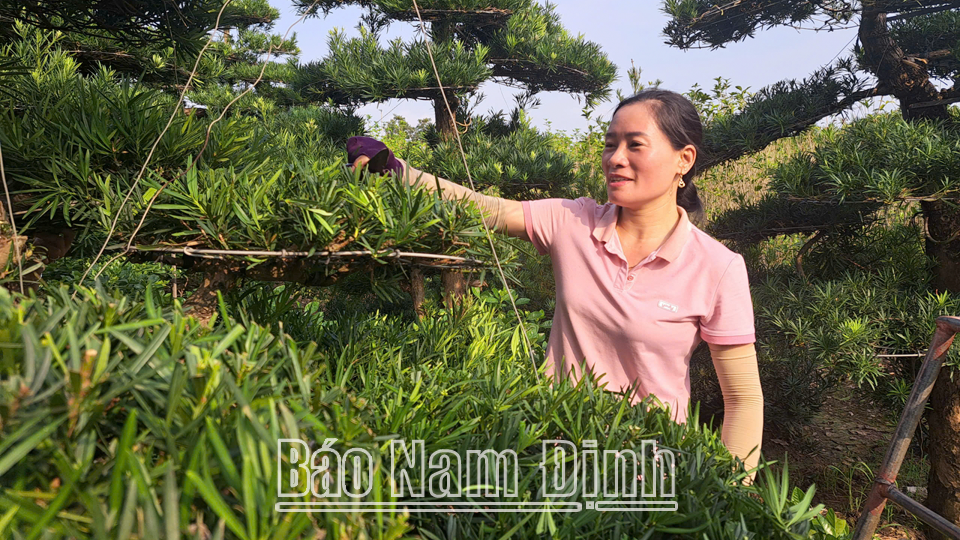 |
| Caring for bonsai trees at Vi Khe bonsai village, Nam Dien commune (Nam Truc). |
With the advantage of being a coastal locality with a dense system of lakes, rivers and streams, aquaculture has become one of the key economic sectors of the province. The whole province currently has about 20 cooperatives and more than 100 aquaculture cooperatives. To promote the strengths of the collective economy in general, and cooperatives and aquaculture cooperatives in particular, the Provincial Cooperative Union has promoted training and fostering human resources for the collective economic sector; organized for members to visit and study at typical cooperative and cooperative models in and outside the province; provided advice and support in building cooperative models and production and business cooperatives associated with the value chain of key local products; supporting capital to help many cooperatives invest in expanding production scale, improving product quality... The provincial Cooperative Union also coordinates with the Department of Science and Technology, research agencies, consulting organizations, training for cooperatives with key products, organizing production, building product brands, making stamps, labels, packaging, product quality registration procedures, intellectual property protection and product traceability; guiding cooperatives to apply scientific and technical advances, converting to organic production models that bring high economic value to cooperative members, finding stable output markets for aquatic products. In 2021, Tan Khanh Production and Trade Cooperative, Minh Tan Commune (Vu Ban) was established with 16 members to develop traditional freshwater fish farming. After its establishment, the cooperative planned concentrated farming areas, each farming area on average over 3 hectares according to intensive farming methods. From the planning, the members have renovated the synchronous irrigation system, paid attention to the quality of water sources, limited the use of food containing growth hormones, antibiotic residues in food, and indiscriminate use of chemicals. The cooperative focuses on raising fish with high economic value such as black carp, snakehead fish, and 60% of the area focuses on raising Japanese Koi fish. From the effectiveness of the planning of concentrated farming areas, with the support and facilitation of authorities at all levels, the members of the cooperative have boldly converted their families' ineffective rice fields to aquaculture. The cooperative's Board of Directors coordinated with agricultural technical staff to provide specific instructions to members to ensure the conversion model is effective. Along with that, the cooperative acts as an intermediary unit to supply materials, breeds, and organizes product consumption links between members and purchasing units. Therefore, from the initial 10 hectares, the cooperative has now increased the farming area to 25 hectares, the cooperative's traditional freshwater fish output reaches about 300 tons and about 20 tons of ornamental Koi fish per year. The total revenue in 2024 of the cooperative is estimated at nearly 18 billion VND, creating jobs for 40 workers. Focusing on production according to the cooperative model not only brings economic value to members of the cooperative but also helps the locality form a commodity production area according to the chain linking farmers with businesses and scientists with the support of the State to link production, processing and consumption to promote the development of agricultural production in a stable and sustainable direction. In 2024, Tan Khanh Production and Trade Cooperative was recognized by the Central Committee of the Vietnam Farmers' Union as one of 63 typical cooperatives nationwide.
Along with aquaculture cooperatives and cooperative groups, many cooperatives have accumulated land and formed large fields and linked fields to implement agricultural production and consumption chains. These cooperatives focus on providing services, input materials, organizing production, and applying science and technology to increase production value associated with developing local key products. A typical example is Nong Phong Agricultural Production Cooperative, Nghia Phong Commune (Nghia Hung). Established in 2022 to solve the problem of abandoned land and difficulties in consuming agricultural products, the cooperative has built a model of growing and processing agricultural products locally, aiming to link with neighboring growing areas. To date, Nong Phong Agricultural Production Cooperative has demonstrated the effectiveness of the collective economy thanks to the support of the government and the Women's Union of the commune. The Cooperative has developed a 15-hectare growing area along the Ninh Co River according to VietGAP standards, using biological products, with key crops such as radish, royal vegetables, chili, and clean rice. Post-harvest agricultural products are processed on the spot into dried products, widely consumed domestically and exported, bringing in revenue of 200-250 million VND/month, creating jobs for dozens of female workers with an income of 4-8 million VND/person/month. In 2023, the Cooperative will have 3 products achieving 3-star OCOP. The success of Nong Phong Agricultural Production Cooperative demonstrates the dynamism in applying science, technology and technology to agricultural production, contributing to improving business efficiency, promoting the role of women and completing the criteria for building new rural areas.
In addition to the converted cooperatives, many newly established cooperatives in Nam Dinh have effectively exploited the existing potential of the locality by combining agricultural production with tourism value exploitation, creating more livelihoods for farmers. A typical example is Giao Xuan Community Ecotourism Service Cooperative, Giao Xuan Commune (Giao Thuy), which takes advantage of its proximity to Xuan Thuy National Park to develop community ecotourism activities. Another creative ecotourism model such as Vi Khe Bonsai Village Cooperative, Nam Dien Commune (Nam Truc) combines tourism with bonsai business, initially achieving good results. In addition, the province has 13 cooperatives with the main business of providing environmental sanitation services, collecting and treating concentrated waste. Notably, many waste treatment models are associated with creating green spaces such as forming playgrounds and flower gardens such as Truong Phat Green Environment Cooperative, Tho Nghiep Commune, Thanh Nien Xuan Truong Science and Technology Cooperative (Xuan Truong)...
Actual operations show that cooperatives are increasingly operating effectively, increasing income for members. In 2024, the average revenue of cooperatives is estimated at 1 billion 600 million VND/cooperative; the average profit of a cooperative is estimated at 90 million VND. Cooperatives not only create many jobs but also bring stable income to workers. With 4,830 regular employees, the average income is estimated at 35 million VND/year. The total assets of cooperatives are over 1,225 billion VND, along with a total charter capital of nearly 900 billion VND, demonstrating the strong economic potential of this collective economic sector. Notably, in 2024, Nam Dinh province is proud to have 3 cooperatives honored as exemplary cooperatives, awarded a Certificate of Merit by the Vietnam Cooperative Alliance and honored with the first "Star of Vietnam Cooperatives" award, thereby affirming the position and outstanding development of cooperatives in the province.
In order to build new and effective cooperative models and expand them, the Provincial Cooperative Alliance continues to strengthen coordination and maximize the resources from the Vietnam Cooperative Alliance Support Fund to support, introduce loans, remove difficulties, create favorable conditions for loans, support cooperatives to invest in technology, upgrade production infrastructure associated with the value chain to improve production and business efficiency. At the same time, connect the value chain in production and business of cooperatives with enterprises to create conditions for cooperatives to expand production and business services, increase revenue and income of cooperative economy and member household economy.
Article and photos: Hong Minh
Source: https://baonamdinh.vn/kinh-te/202503/hieu-qua-tu-cac-mo-hinhhop-tac-xa-e63587a/


![[Photo] Visiting Cu Chi Tunnels - a heroic underground feat](https://vstatic.vietnam.vn/vietnam/resource/IMAGE/2025/4/8/06cb489403514b878768dd7262daba0b)





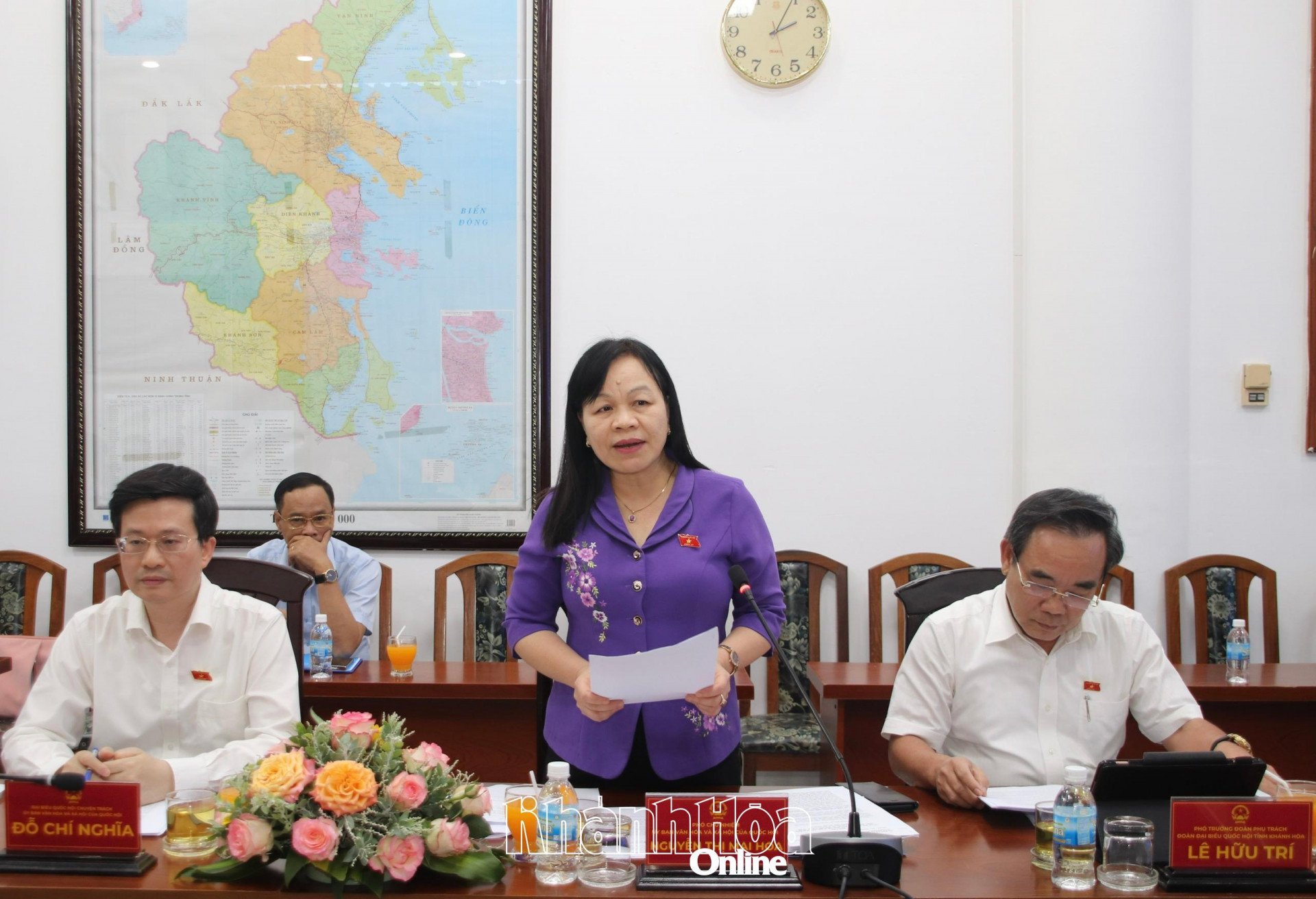
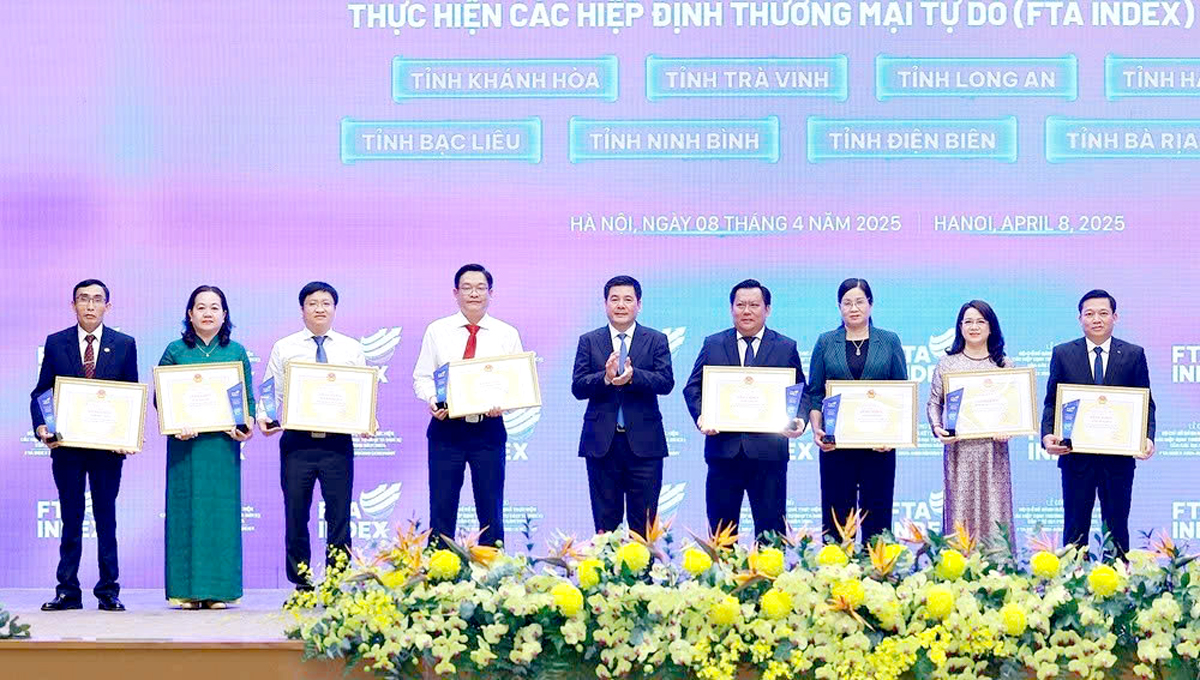
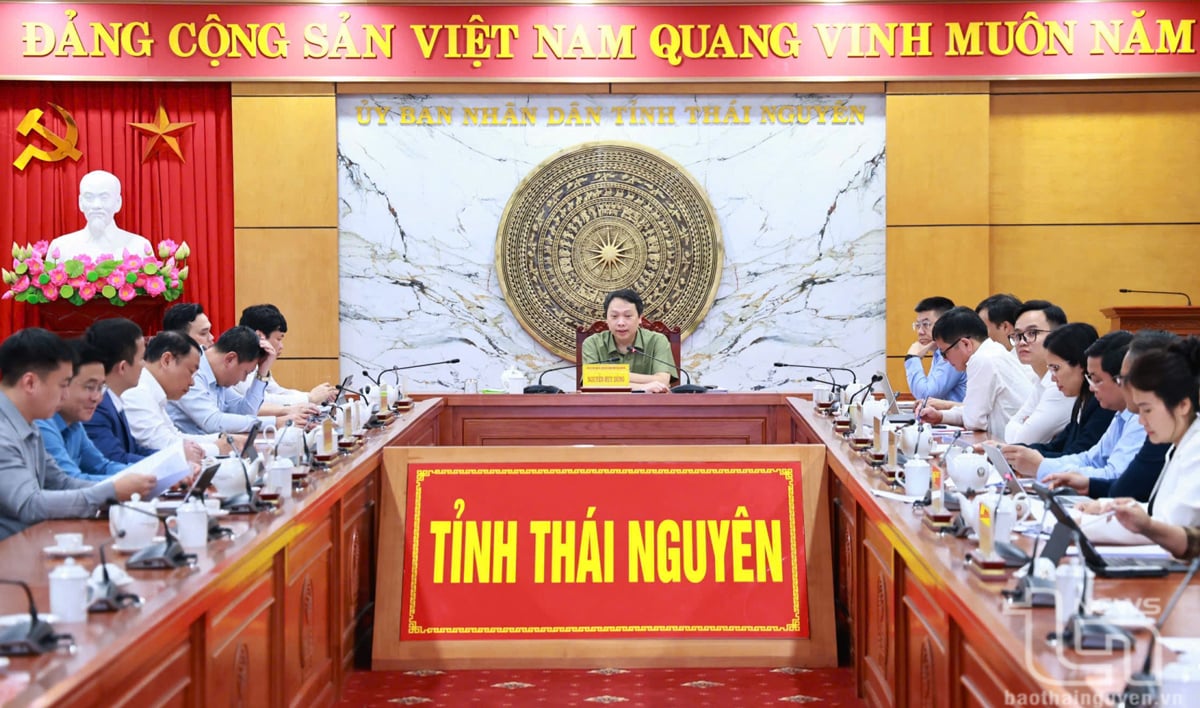

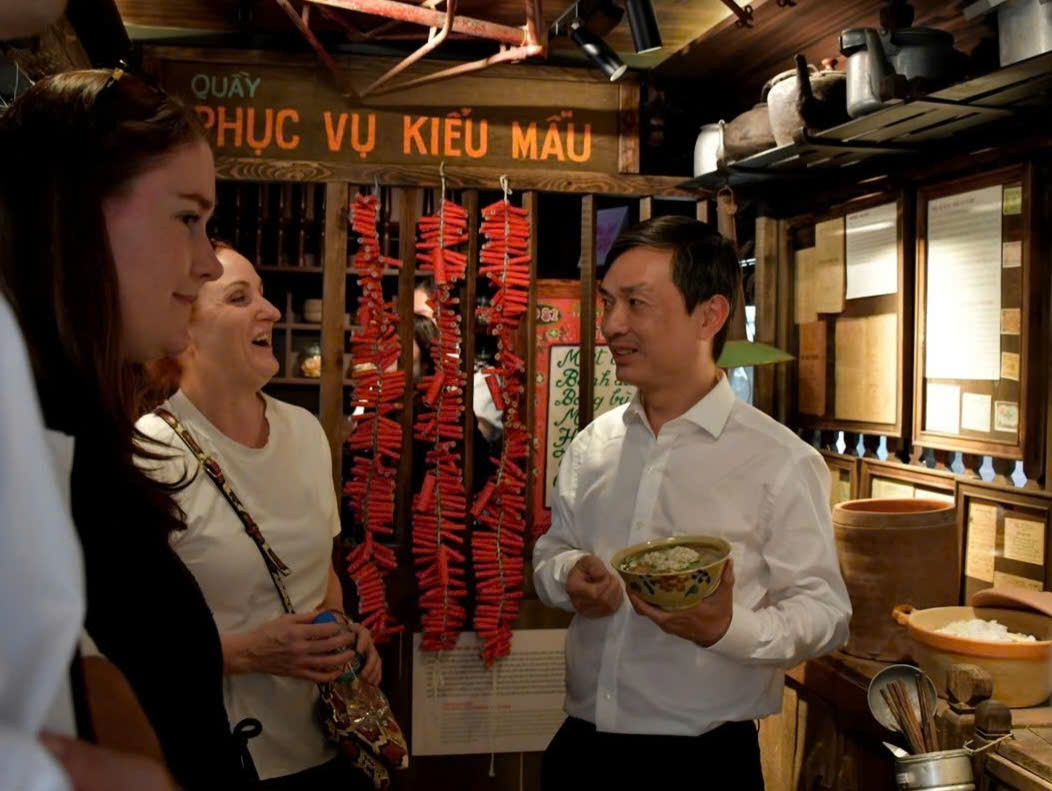

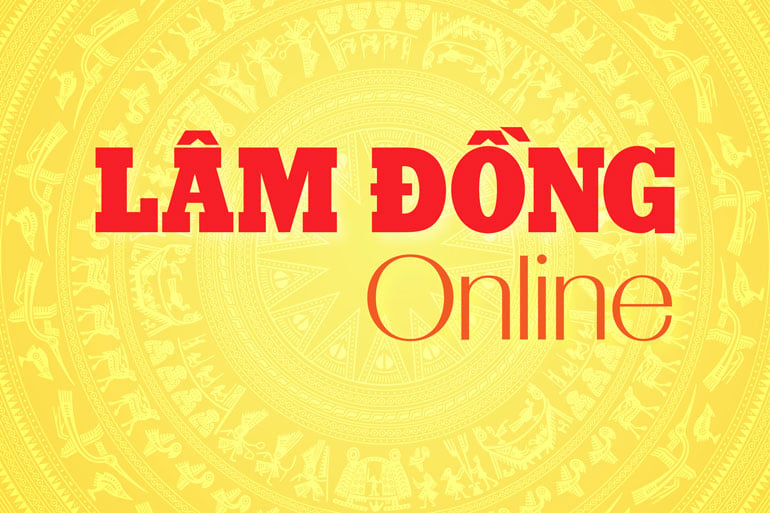
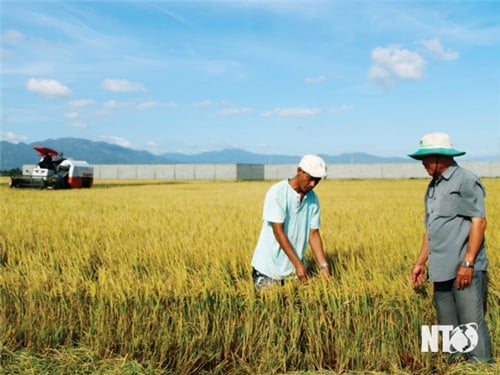
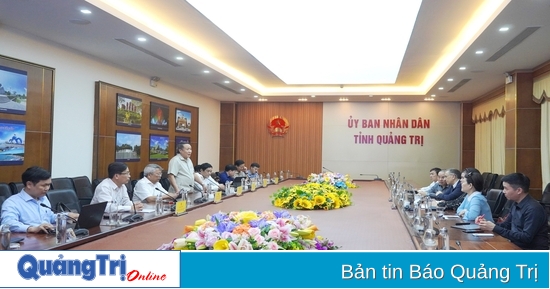
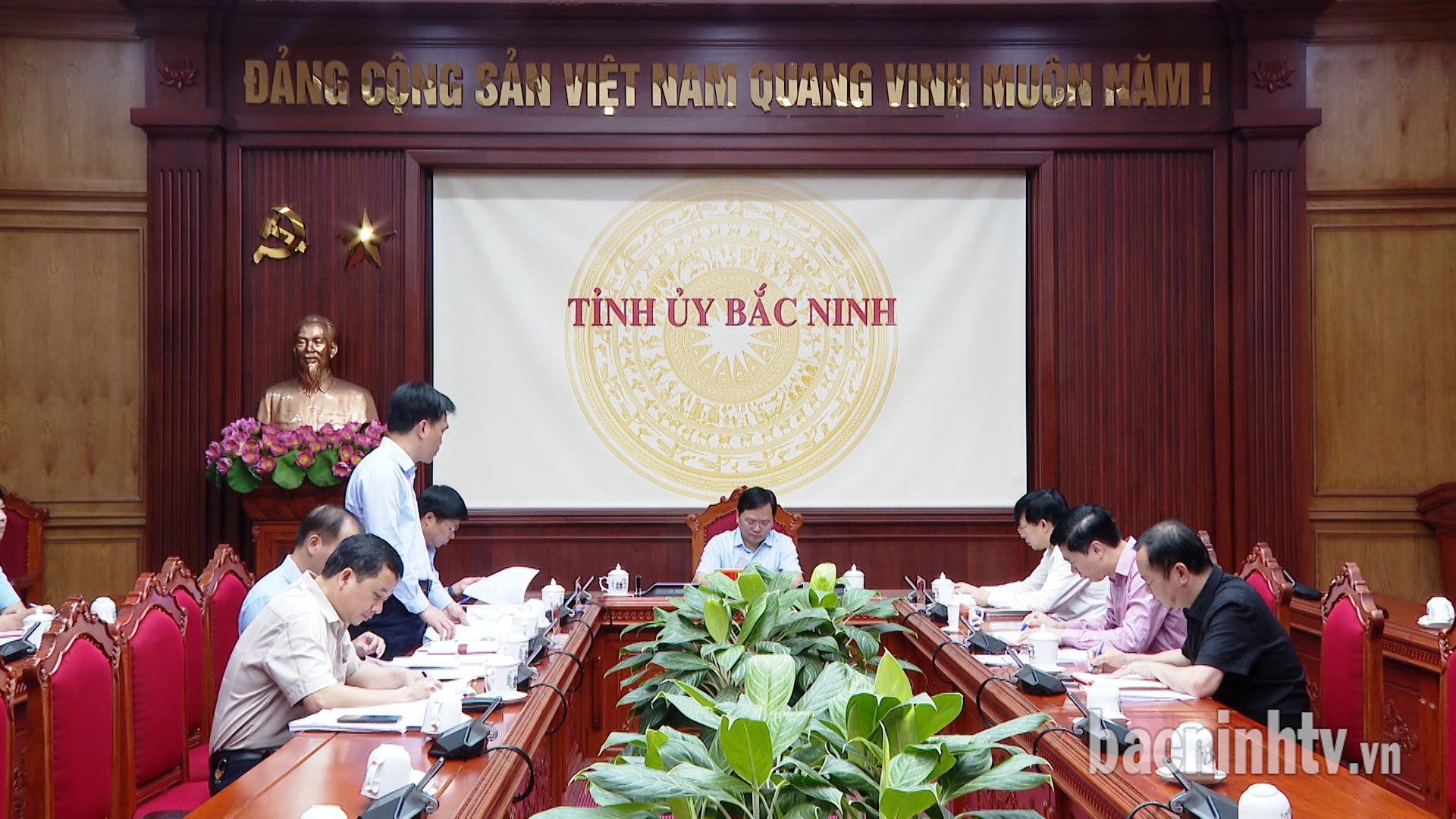
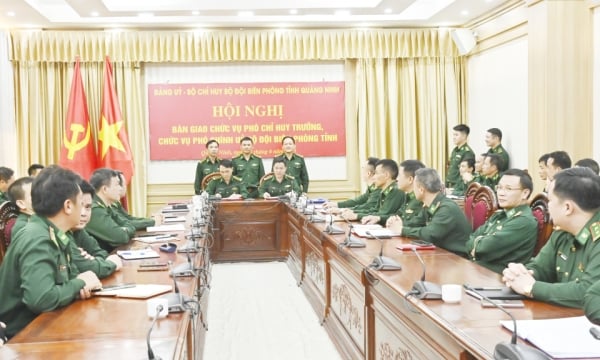
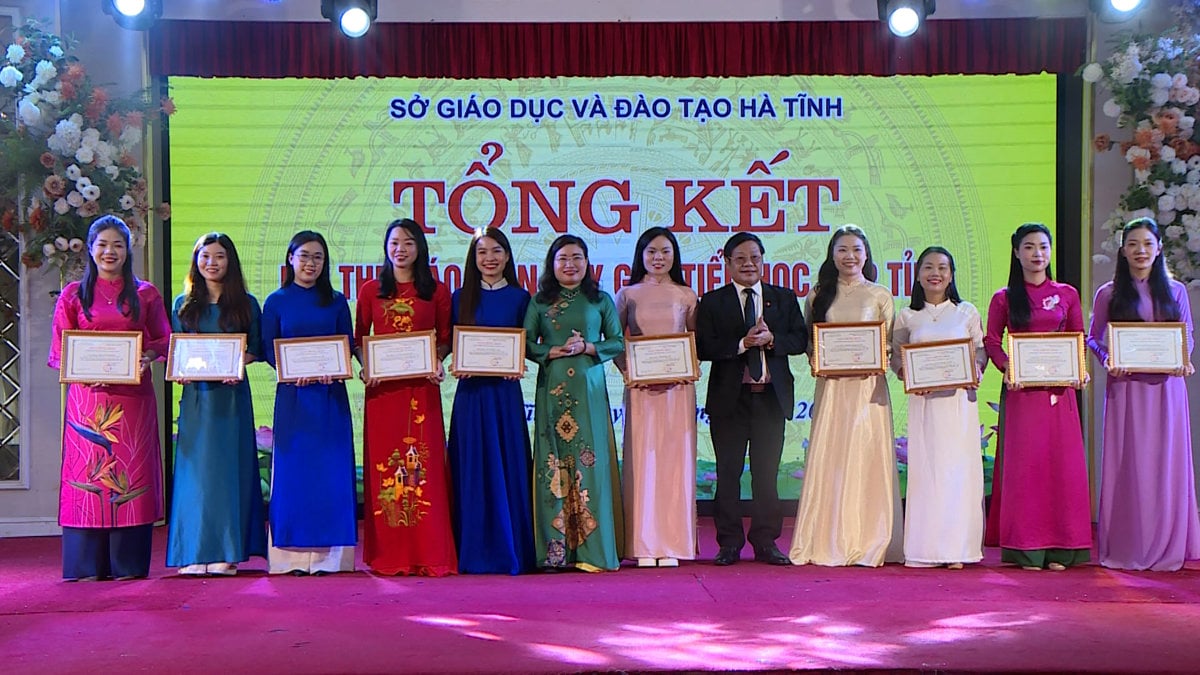
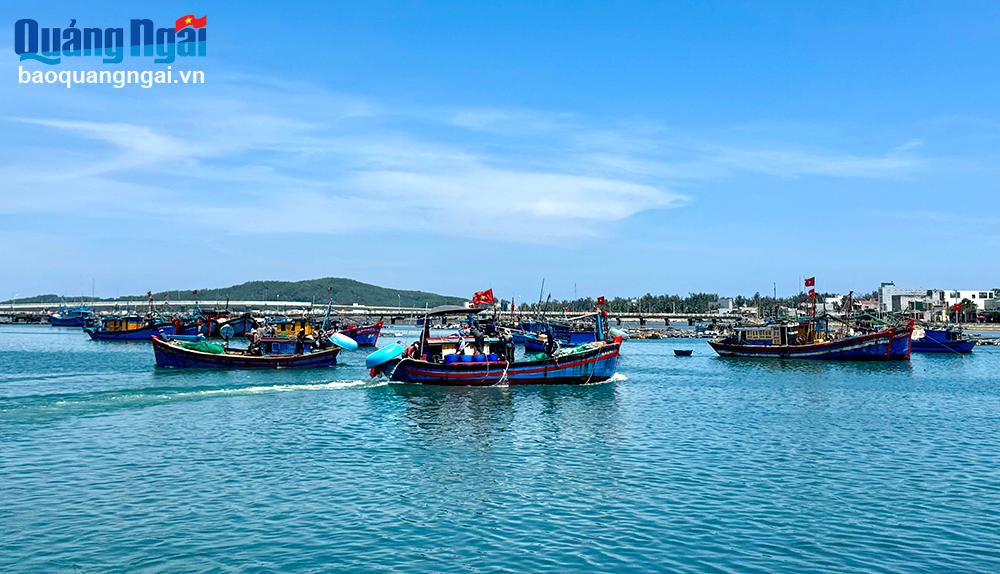





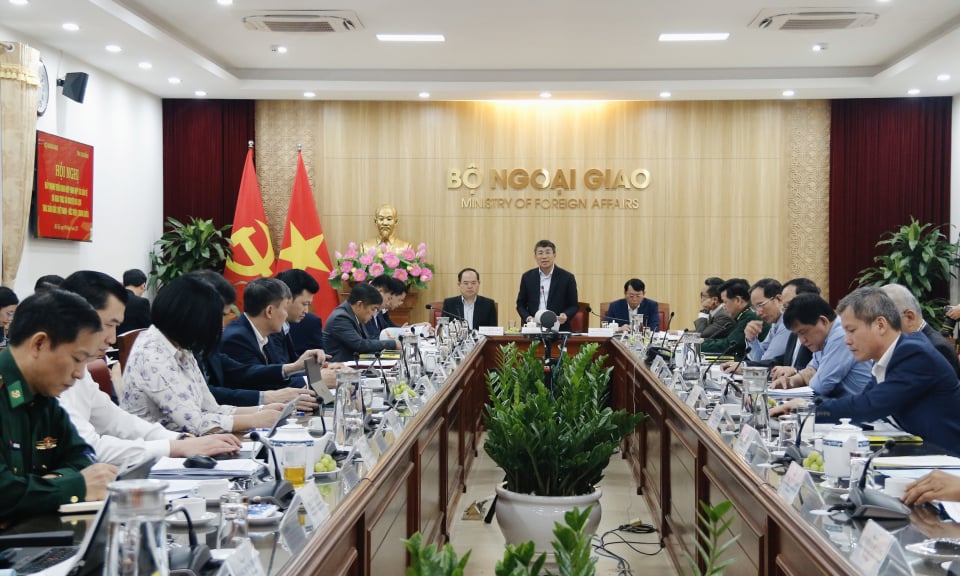
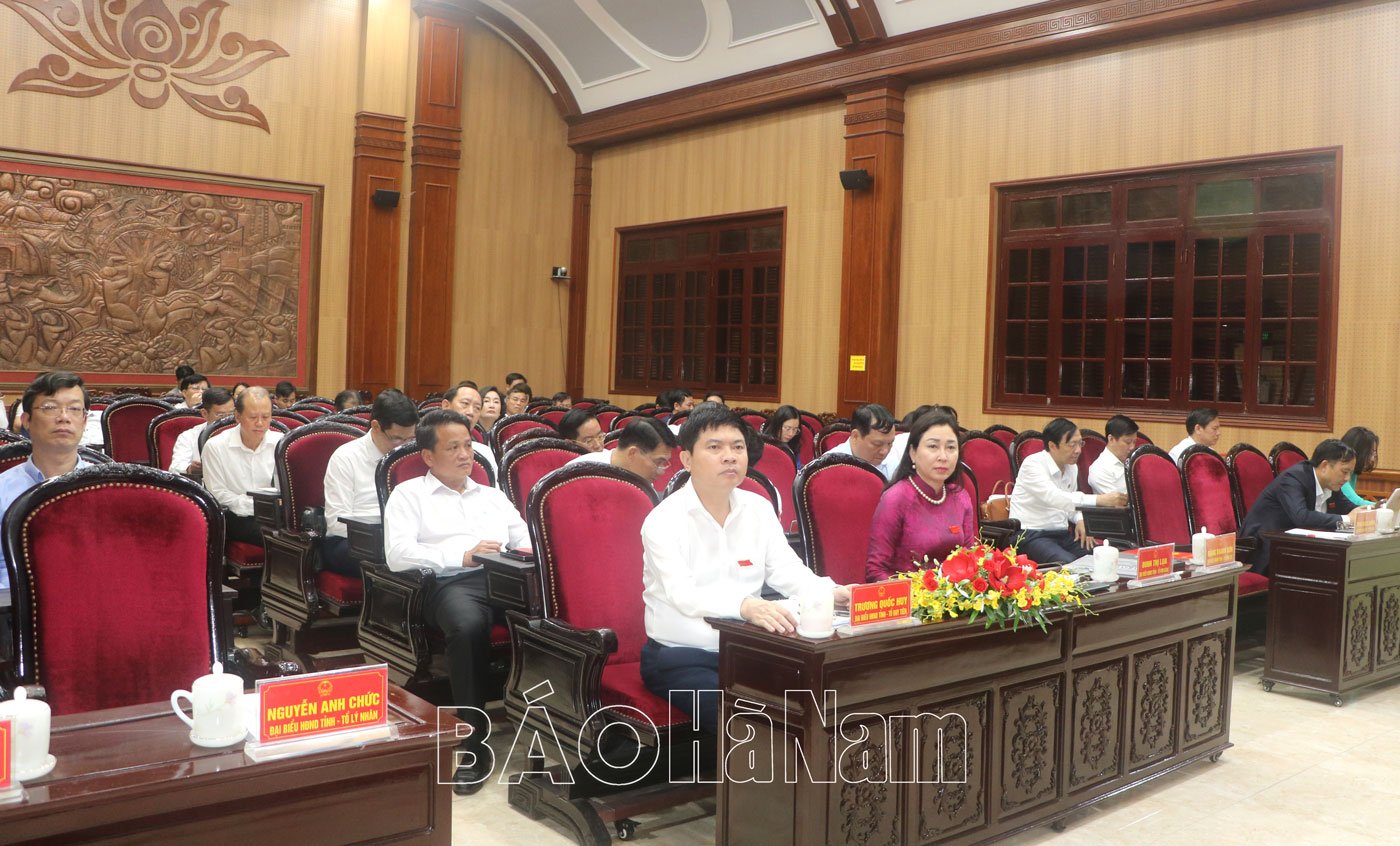
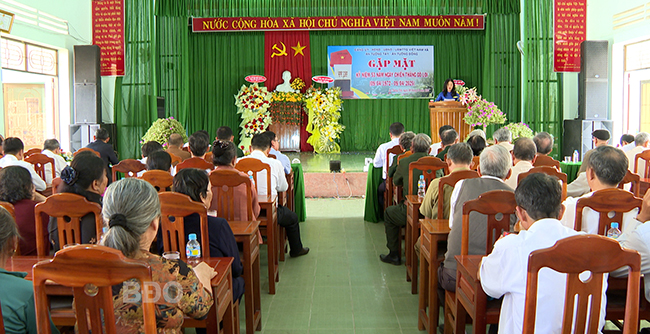
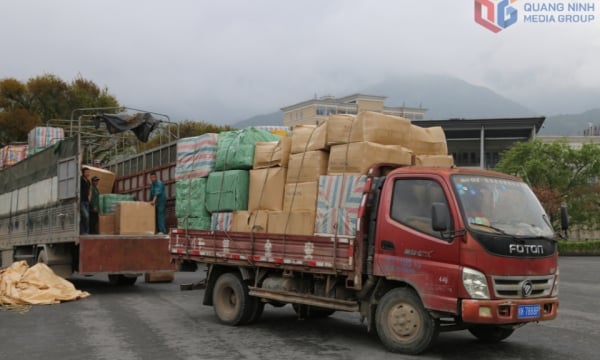





































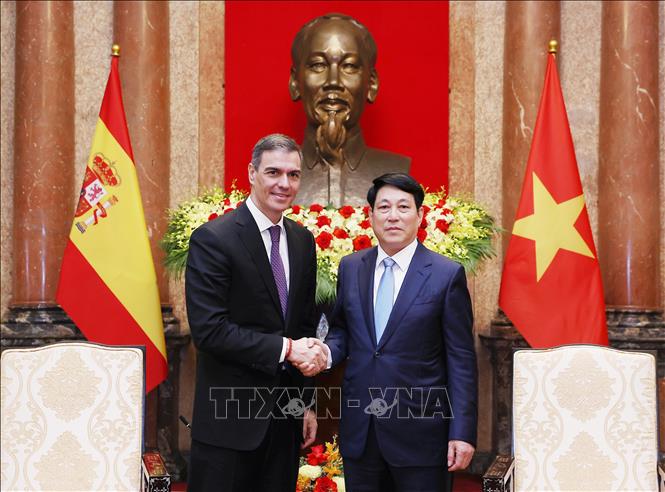


















Comment (0)